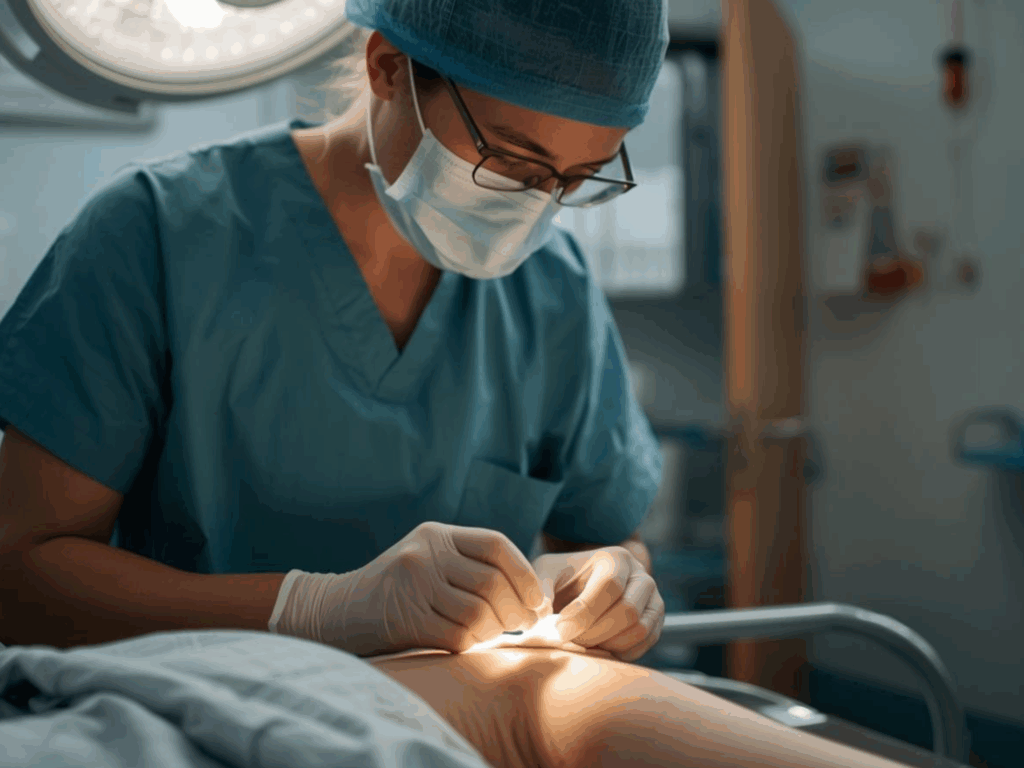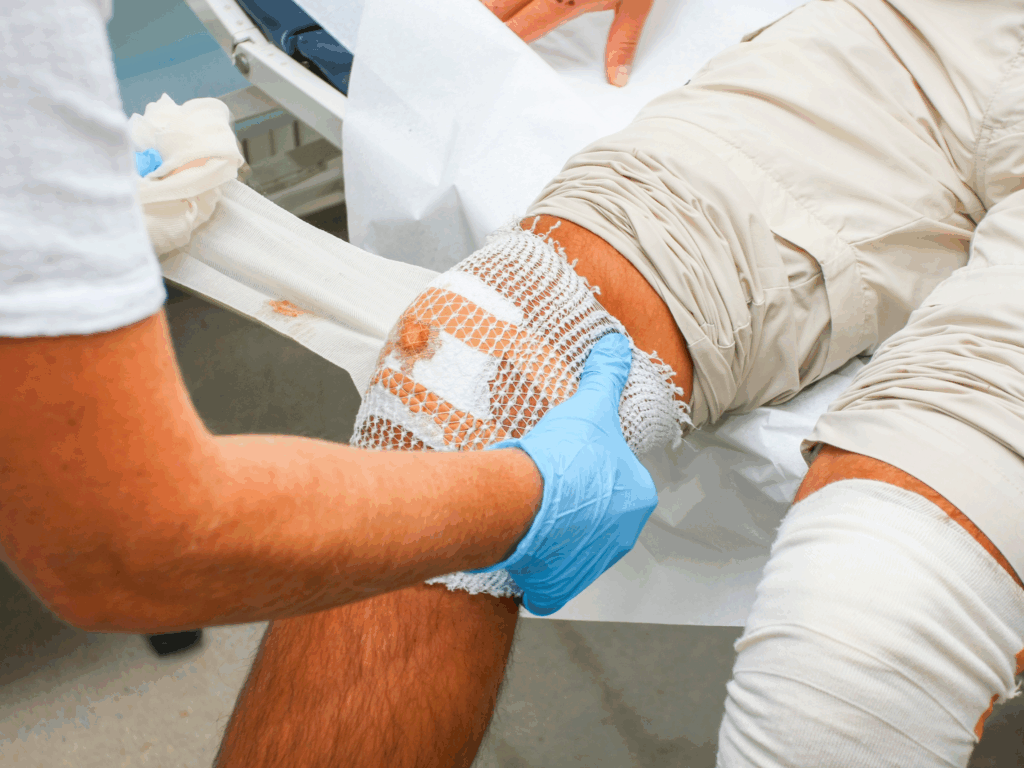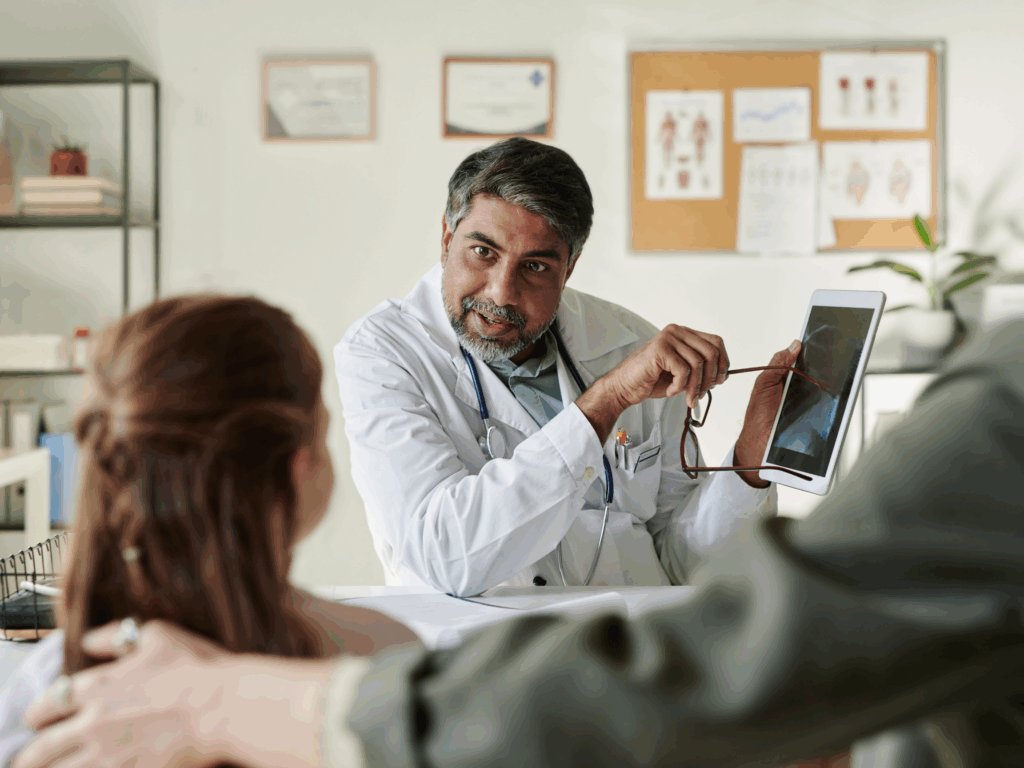Blog
10 Things to Know About the 2025 IWII Wound Cleansing Updates
Explore the 2025 Wound Cleansing Updates that redefine therapeutic cleansing and enhance wound care practices for better outcomes.
Reading the entire 2025 Therapeutic Wound and Skin Cleansing Consensus can be overwhelming, so we did it for you. We summarized the updates into key facts. The International Wound Infection Institute (IWII) update is changing how clinicians view one of wound care’s most basic steps: cleansing.
This update redefines cleansing as a therapeutic, evidence-based intervention—not just prep for dressing changes. From choosing solutions to aseptic technique and pain management, IWII provides clear, practical guidance to improve outcomes across all wound types. Here’s what’s new and why it matters.
1. Cleansing Is Now Considered Therapeutic

The 2025 consensus defines wound cleansing as a clinical treatment step, not a routine rinse. It involves actively removing contaminants, debris, non-viable tissue, and microorganisms to promote wound healing and prepare the wound bed for closure (IWII, 2025, p. 6).
By reframing cleansing as a therapeutic act, IWII underscores its role in improving outcomes and reducing infection risk; especially when paired with evidence-based solution choice and proper technique.
At a glance:
Document cleansing methods and patient tolerance in care notes
Cleansing is part of treatment, not just preparation
Use it to reduce bioburden, remove debris, and create optimal healing conditions
2. Three Cleansing Zones Are Defined
The 2025 guidance clearly divides wound and skin cleansing into three zones (IWII, 2025, pp. 11–14):
- Zone 1: The wound bed and edge
- Zone 2: The periwound area (approximately 4 cm from the edge)
- Zone 3: The surrounding skin (up to 20 cm beyond the edge)
Each zone has distinct cleansing needs. The wound bed requires controlled mechanical removal of debris; the periwound area must be gently cleansed to prevent maceration; and surrounding skin should be protected from cross-contamination.
At a glance:
Avoid extending contamination from outer to inner zones
Address all three zones at every dressing change
Protect periwound skin integrity while managing microbial load
3. Saline Remains a Safe, Reliable Cleanser (Just Not the Preferred Option)

Sterile normal saline (0.9% NaCl) and sterile water remain two of the most widely used cleansing agents. They are inert, non-allergenic, and non-cytotoxic, making them gentle enough for most wounds (IWII, 2025, p. 20).
These solutions are ideal for clean or postoperative wounds and for wounds with healthy granulation or epithelial tissue. They’re cost-effective, accessible, and supported by decades of clinical experience.
“Sterile normal saline and sterile water have been preferred for wound cleansing due to their inert, non-allergenic, non-cytotoxic properties…generally cost-effective and sterile.” (IWII, 2025, p. 20)
At a glance:
Use saline for clean, low-risk wounds
Ideal for granulating, epithelializing, or postoperative wounds
Avoid if infection, biofilm, or necrosis is present; active cleansers are more effective in those cases
4. Saline Alone Isn’t Always Enough
While saline is safe, IWII notes that it’s not always sufficient to remove biofilm, loosen debris, or reduce microbial burden.
“Inert wound cleansing solutions have no active ingredients that can facilitate loosening and removal of debris and non-viable tissue and have no antimicrobial properties to prevent and treat microbial burden.” (IWII, 2025, p. 19)
When infection is suspected or slough is present, clinicians should consider antiseptic or surfactant-based cleansers such as polyhexamethylene biguanide (PHMB), hypochlorous acid (HOCl), or octenidine. These solutions actively break down biofilm and reduce microbial load.
At a glance:
Reassess cleanser choice regularly as the wound progresses
Safe ≠ sufficient; saline has no antimicrobial or surfactant properties
Choose PHMB, HOCl, or octenidine for contaminated or infected wounds
5. Tap Water Can Be Acceptable in Low-Risk Cases
The 2025 IWII update supports evidence showing that potable tap water can be as safe as saline for low-risk wounds when local water quality is high (Fernandez et al., 2022; IWII, 2025, p. 19).
This is especially useful in home care or resource-limited settings. However, poor technique or contaminated water can lead to cross-contamination and bacterial spread. A 2024 study found microbial load increased when periwound skin was not cleaned first (Oropallo et al., 2024).
At a glance:
Always clean the periwound before the wound bed to prevent bacterial transfer
Use potable tap water only for low-risk wounds and when sterile saline isn’t available
Confirm local water safety standards
6. Aseptic Technique Should Be Risk-Based
IWII confirms that both clean (standard) and sterile (surgical) aseptic techniques can be effective when applied properly. The best approach depends on wound complexity, patient factors, and care environment (IWII, 2025, pp. 15–17).
A risk-based approach ensures safety without overuse of sterile resources when clean technique is sufficient, such as in stable, non-infected chronic wounds managed in community care.
At a glance:
Assess risk before selecting technique
Clean technique is acceptable for low-risk wounds in controlled environments
Sterile technique is preferred for acute, surgical, or high-risk wounds
7. Antiseptics Should Be Used Strategically

Modern antiseptics—such as PHMB, HOCl, and octenidine—have advanced significantly in safety and efficacy. IWII encourages clinicians to use them purposefully for wounds with infection or biofilm, not as routine prophylaxis (IWII, 2025, pp. 21–25, 41).
This approach supports antimicrobial stewardship, minimizing cytotoxicity and resistance risk while still leveraging antiseptics’ proven benefits for contaminated or critically colonized wounds.
At a glance:
Use antiseptics when infection or biofilm is suspected
Avoid routine, long-term use on clean wounds
Reassess clinical need as the wound’s condition evolves
8. pH and Temperature Matter More Than You Think
Healing thrives in balance. The IWII emphasizes maintaining a slightly acidic environment (pH 4–5.5), which supports fibroblast activity and inhibits bacterial growth (IWII, 2025, pp. 27–28). Chronic wounds tend to be more alkaline, so cleansers that help normalize pH may accelerate progress.
Temperature also affects comfort and perfusion. Solutions should be warmed to approximately 37 °C—never microwaved—to avoid cellular damage.
At a glance:
Warm solutions to body temperature before use
Target wound pH between 4 and 5.5
Avoid overly alkaline environments that support bacterial growth
9. Match Cleansing Technique to Wound Type
Different wounds call for different cleansing approaches. The IWII categorizes methods to help clinicians match technique to presentation (IWII, 2025, pp. 31–36):
- Irrigation – for lightly contaminated wounds
- Swabbing or gentle scrubbing – for slough, debris, or infection
- Soaks or compresses – for hydration and pain management
Technique selection should balance mechanical effectiveness with tissue preservation and patient comfort.
At a glance:
Document cleansing method and patient response
Select the gentlest method that effectively removes debris
Adjust technique as wound type and tolerance change
10. Pain and Patient Comfort Are Central to Best Practice

Pain management is now recognized as part of effective cleansing. IWII encourages clinicians to anticipate, assess, and address pain before, during, and after cleansing (IWII, 2025, pp. 39–40).
Simple measures—like using warmed solutions, slower movements, and topical analgesics—can greatly reduce discomfort and improve adherence to care. Patient education also helps align expectations and minimize anxiety.
At a glance:
Address anxiety with clear communication and reassurance
Assess pain using validated scales before cleansing
Use warmed solutions and gentle motion
References
- Fernandez, R., Green, H. L., & Griffiths, R. et al. (2022). Water for wound cleansing. Cochrane Database of Systematic Reviews, 9(9), CD003861.
- International Wound Infection Institute (IWII). (2025). Therapeutic wound and skin cleansing: Clinical evidence and recommendations. Wounds International. pp. 6–42.
- Oropallo, A., Rao, A. S., & Del Pin, C. et al. (2024). Non-surgical cleansing techniques and cleanser types in bacterial burden management.International Wound Journal, 21(2), e14730.